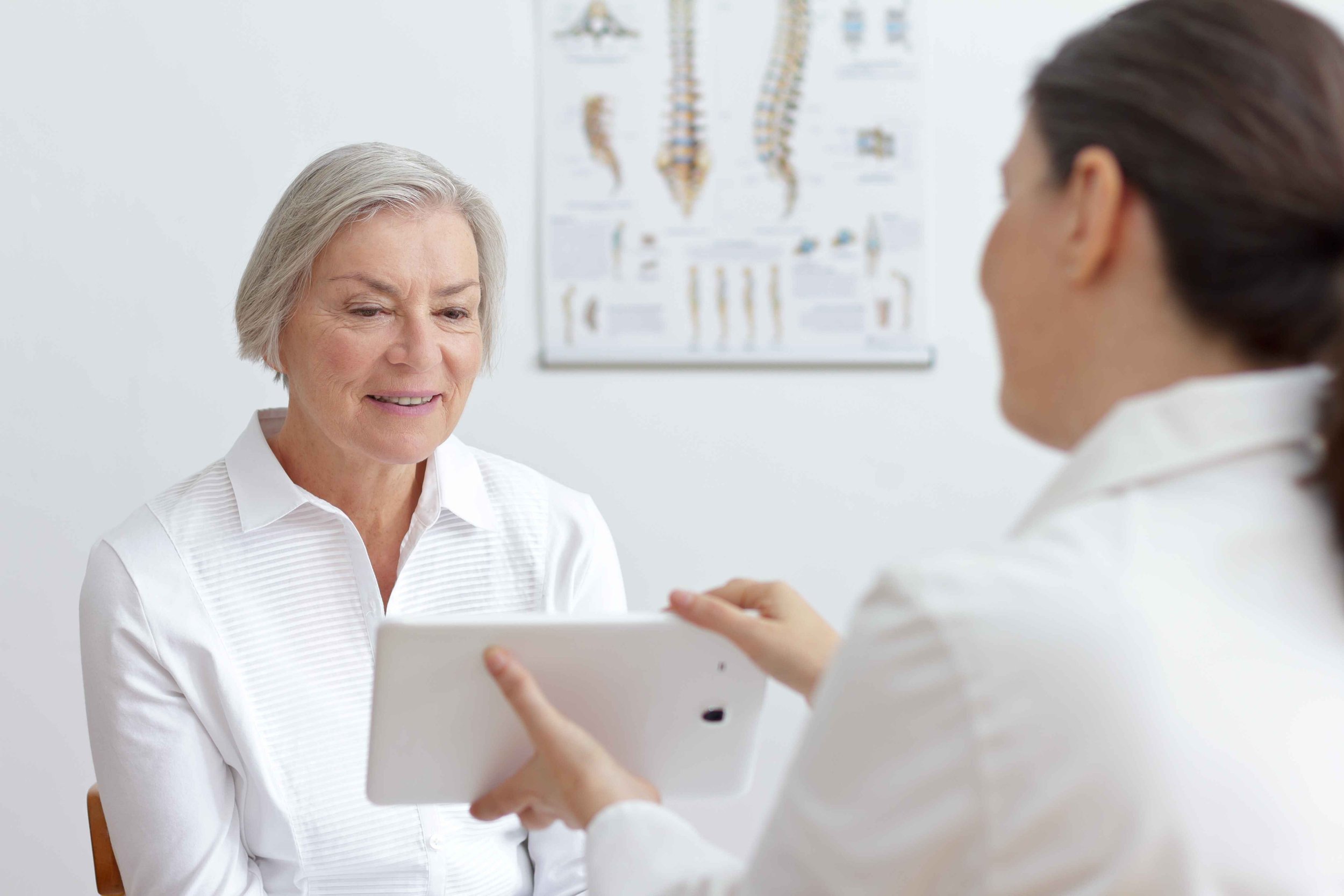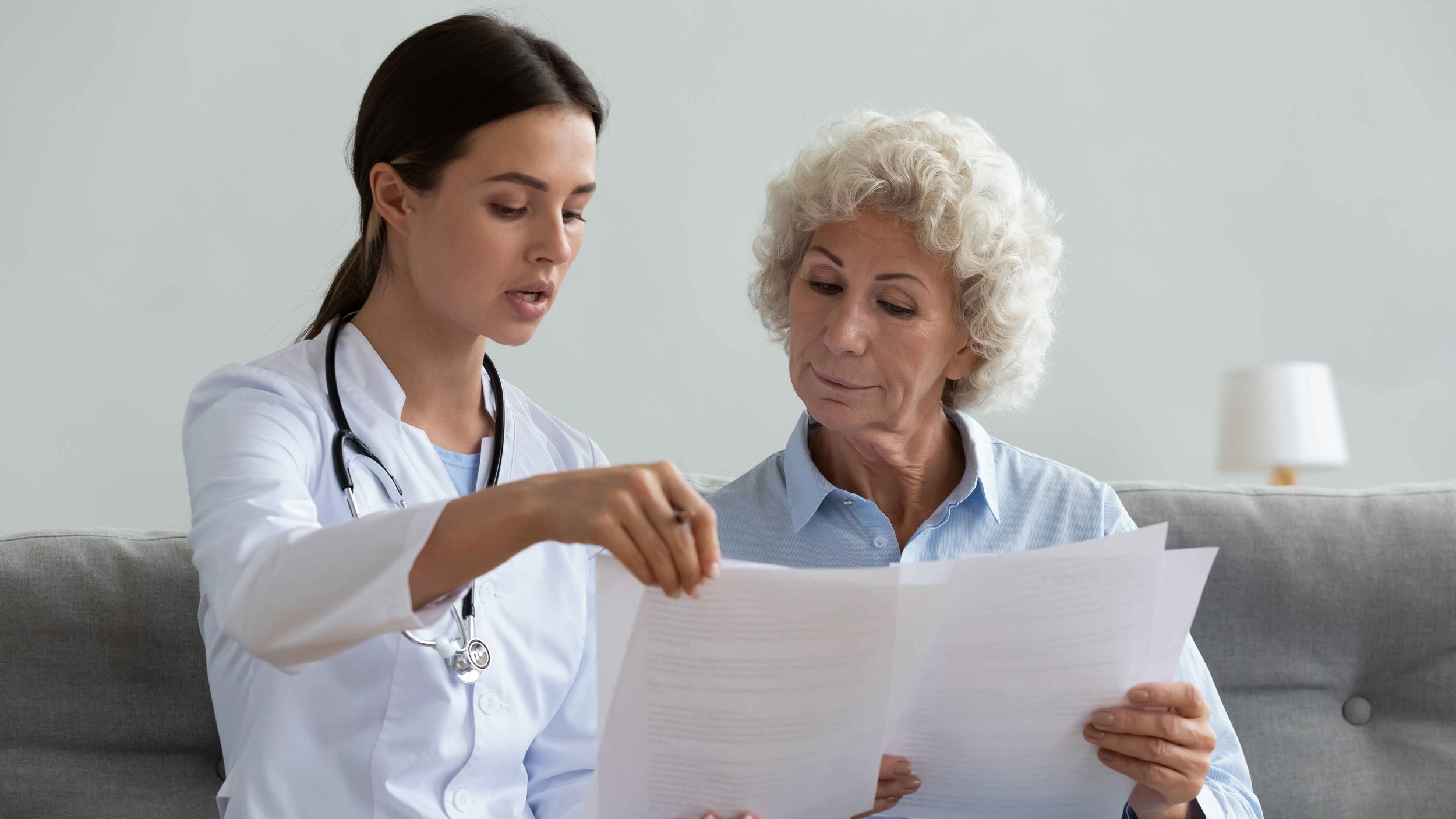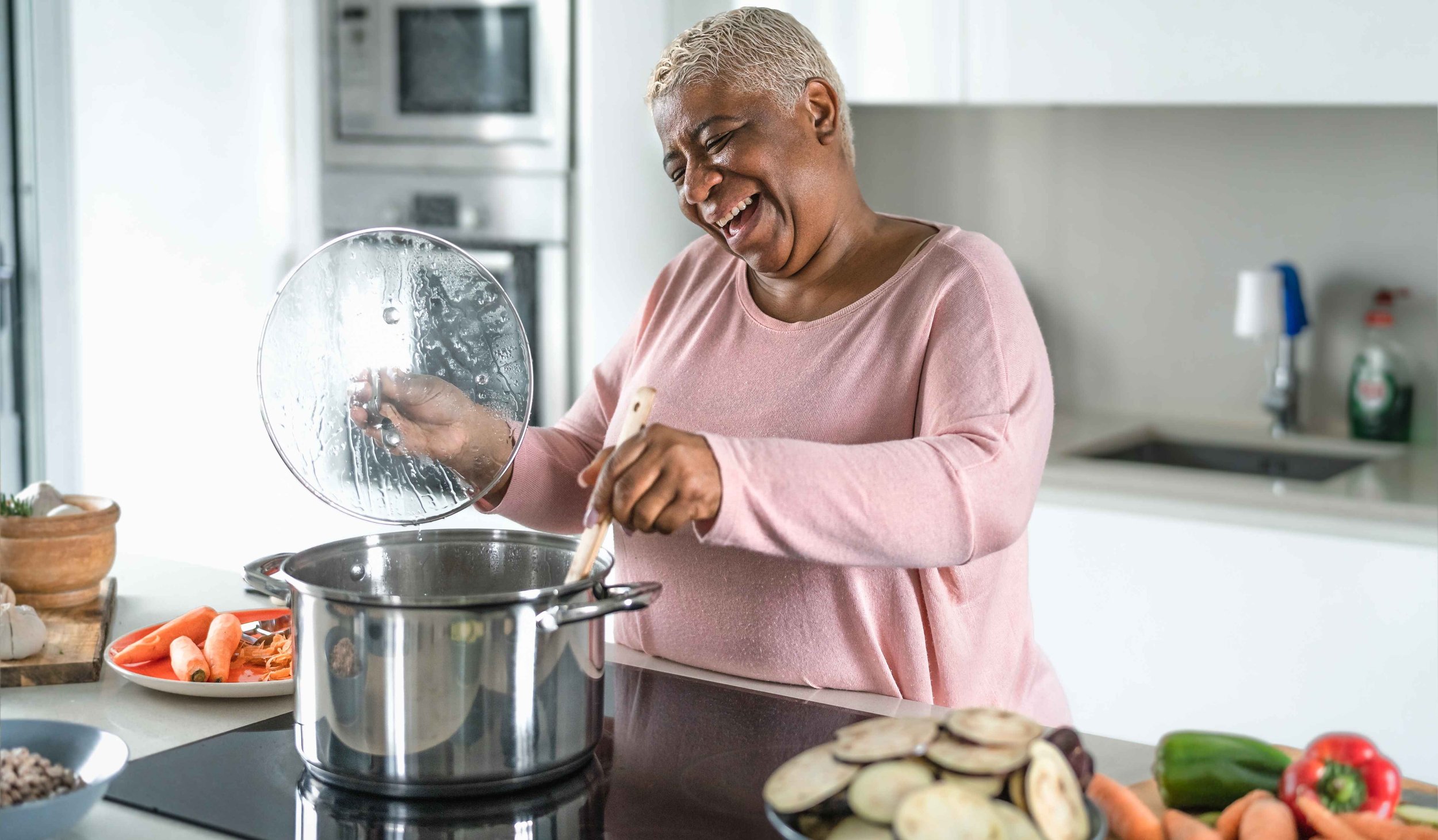How to Increase Bone Density After 60
Bone Health From a Primary Care Physician’s Perspective
As a primary care physician, I believe it is essential to prioritize the overall health of our patients. One area of concern that we must address is bone health. Maintaining bone health is crucial to prevent fractures, disabilities, and other complications that can severely impact a patient's quality of life.
What is Bone Density?
Bone density is a vital aspect of bone health, and it refers to the amount of minerals, such as calcium and phosphorus, present in the bone tissue. A low bone density or osteoporosis increases the risk of fractures, especially in older adults. Osteoporotic fractures can lead to chronic pain, disability, loss of independence, and even premature death.
As doctors, we need to educate our patients about the importance of maintaining healthy bones and the risk factors associated with low bone density.
How Do Our Bones Develop?
Our bones are continually developing and remodeling throughout our lives. The process of bone development begins in the womb and continues through childhood and adolescence. During childhood, our bones grow longer and stronger, as the body adds new bone tissue faster than it removes old tissue. This process of bone growth is known as bone modeling, and it is primarily regulated by growth hormones, calcium, and other minerals.
During adolescence, the rate of bone growth accelerates, and we experience a significant increase in bone density. This period of rapid bone growth typically lasts until the early 20s, after which bone density gradually declines. However, the amount of bone density we achieve during this period is crucial, as it sets the stage for our bone health in later life.
When Does Bone Density Begin to Decline?
Maximal bone density is typically achieved by our late 20s or early 30s, after which bone density gradually declines. The rate of bone loss accelerates in women after menopause due to a decrease in estrogen production, and in men, it typically occurs later in life. However, lifestyle factors such as diet, physical activity, and smoking can also affect the rate of bone loss.
In summary, our bones develop and grow throughout our lives, with maximal bone density achieved in our late 20s or early 30s. Therefore, it is essential to prioritize bone health during childhood and adolescence to ensure optimal bone density and reduce the risk of osteoporosis and fractures in later life.
What is Osteoporosis?
Osteoporosis is a disease of the skeleton characterized by deterioration of bone tissue and loss of bone mass. Our bones are constantly undergoing breakdown and formation as a normal remodeling process. Osteoporosis is caused when there is an impaired balance of this process, resulting in more bone breakdown relative to bone formation. So if you're building a house, you want to maintain a strong foundation by remodeling any beams or walls that are breaking down. What happens in osteoporosis would be similar to removing the old walls and beams in your house without replacing them. As a result, your foundation will soon crumble or crack or in the case of your bones, fracture.
What Causes Osteoporosis?
Major causes of osteoporosis increase during old age and being post menopausal, but other risk factors include:
Medications
Endocrine disorders
Immobilization
Inflammatory diseases
Blood disorders
Nutritional deficiencies
Bone Density and Fractures
Knowing why you have osteoporosis matters because it significantly increases the risk of bone fractures. According to the National Osteoporosis Foundation, individuals with osteoporosis have a 2 to 4 times higher risk of fractures compared to those with normal bone density. It is estimated that your lifetime risk of an osteoporotic fracture is as high as 50 percent! The most common types of fractures associated with osteoporosis are hip, spine, and wrist fractures.
It is estimated that 10 million Americans over the age of 50 have osteoporosis and that a further 34 million are at risk of the disease. These numbers were estimated in 2004, so as you can imagine with our aging population, these numbers are now likely much higher. And worldwide, 1 in 3 women over age 50 will experience osteoporosis fractures, as will 1 in 5 men aged over 50. These statistics are absolutely jarring.
As a primary care doctor, I have seen the consequences of fractures, which is why i worry so much about my elderly patients falling. I have had many patients that were living independently at home and one fall leading to a hip fracture completely changed their lives. From that fall, they would need hospitalization and possibly surgery. Hospitalization can then lead to complications like pneumonia, urinary tract infections, pressure sores, and many others. From there, they will need acute rehab at a skilled nursing facility and can no longer go back home. This is not meant to scare any of you, but to emphasize how things can quickly spiral out of control just due to one fall and fracture.
How to Check Bone Density
When to Get a Bone Density Test
The United States Preventive Services Task Force recommends for osteoporosis screening for all women 65 years and above. However, they do not give the same recommendation for men. Let me explain why.
After menopause, women experience a rapid decline in estrogen levels, which contributes to an acceleration of bone loss. Estrogen is important for maintaining bone health because it helps regulate bone turnover and promotes bone formation. When estrogen levels decline, bone breakdown exceeds bone formation, leading to a loss of bone mass and an increased risk of fractures. Therefore women are at a much higher risk for osteoporosis prompting for routine screening.
The national osteoporosis foundation in addition recommends screening for following: men over age 70, if you have had a fracture after age 50, if you're between the ages of 50-69 with clinical risk factors for fracture, or adults with medical conditions requiring medications such as steroids as they affect your bone mass.
What is a Bone Density Test?
Now that we know who should get screened, let us discuss how we go about it. A DEXA scan is a type of low-dose X-ray that is used to measure bone mineral density.
What to Expect From a Bone Density Test
During a DEXA scan, the patient lies on a table while a scanner passes over their body, emitting two different X-ray beams that are absorbed differently by bone and soft tissue. The amount of X-ray energy that is absorbed by the bones is used to determine the bone mineral density of the spine, hip, or other bones in the body. The test is painless and takes about 10-15 minutes to complete.
Understanding Bone Density Test Scores
The results of a DEXA scan are reported as a T-score, which compares an individual's bone mineral density to that of a healthy young adult of the same sex. Here’s how to decipher your bone density test:
A T-score of -1.0 or higher is considered normal
A T-score between -1.0 and -2.5 indicates low bone mass, also known as osteopenia
A T-score of -2.5 or lower indicates osteoporosis.
Treatment for Low Bone Density
These days there are very effective medications to treat osteoporosis. For example, the most common are called bisphosphonates and they work by effectively slowing bone breakdown. They are proven to reduce all fracture risk by 35%! So if you received a diagnosis of osteoporosis, make sure you ask your doctor about your treatment options.
More Ways to Improve Bone Density
Aside from medicine, there are so many other interventions that can benefit you if you have osteoporosis or osteopenia.
How Much Calcium is Recommended Per Day?
First lets talk about supplements. There are really now so many supplements marketed for bone health, but many of them are not proven to be effective! There are really only two supplement you should be prioritizing if you plan to take any and that is vitamin D and calcium. Vitamin D helps the body absorb calcium, and calcium helps with bone mineralization.
The doses studied to show efficacy include about 1000-1200mg of calcium a day and about 800 international units of vitamin D a day.
What to Eat for Bone Density
Now lets jump into nutrition. I want to just say it is so important to maintain a healthy weight as well as muscle mass because studies have shown that people that are underweight will tend to lose muscle strength and muscle mass, which ultimately increases your risk for osteoporosis.
Research have shown that regular consumption of fish, fruits and vegetables have a positive effect on your bone mineral density.
Research has also shown is that diabetic patients tend to have weaker bones, which means elevated blood sugar is likely to have negative effects on bone health. All to say, keep up the regular fruits, vegetables, fish and stay away from excess sugar intake!
Exercise for Bone Density
In addition to nutrition, exercise is just as important in maintaining bone health.
I am a huge supporter of seeing movement as medicine. When it comes to bones, there is absolute truth in this statement! During physical exercise, the forces transmitted through your bones generate mechanical signals that tell the cells in your bones to increase bone formation relative to breakdown.
So If you have osteoporosis, guidelines recommend an exercise program that focuses on posture, balance, gait, coordination and hip and trunk stabilization rather than just general aerobic exercises like walking or jogging. If you want to get specific, it is recommended for two or more times a week to do resistance training such as using weights, daily balance exercises, and a total of 150 minutes a week of aerobic exercise.
I know these numbers may be daunting, but let’s break it down together. Weight lifting doesn’t need to be intimidating. It doesn’t need to be complex. In fact, it can even start with one water bottle in each hand and lifting it up and down 10 times for multiple times day.
The most important message here is getting your muscles stronger so that even with when your bones get weaker, your muscles can support you and decrease your risk for falls. The saying “use or lose it” is all too true. As we age we tend to naturally become less active, so now it’s time to take control and view daily movement as your daily medication! It starts with just one body weight squat or just one leg lift!
Bone Density In Summary
This idea that we reach our maximal bone density in our 20s to 30s should really be a wake up call for all of us. We simply can’t take our bone health for granted. Instead, we must recognize that it’s a life long journey in maintaining it so we can live our best lives!
Maintaining bone health starts with undergoing routine health care screening. So for women over 65, please inquire with your primary care doctor about a DEXA scan! If you find out that you're osteoporotic or osteopenic, don’t lose hope! There are great medications out there. In addition, don’t forget to lean into good nutrition and exercise! those two will always be the recipe for success.





